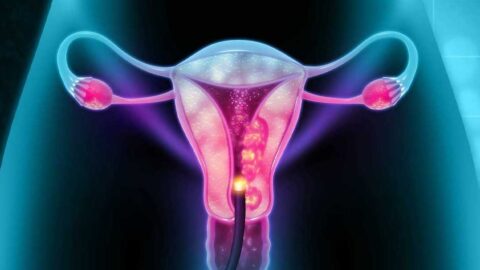Questions about Pregnancy are answered by Specialist Level 2 Dr. Hanh Bich Thi Vu – Director of TC General Clinic 136 Nguyen Trai/ Specialty: OB/GYN Department.
 Specialist Level 2 Dr. Hanh Bich Thi Vu – Director of TC General Clinic 136 Nguyen Trai/ Specialty: OB/GYN Department.
Specialist Level 2 Dr. Hanh Bich Thi Vu – Director of TC General Clinic 136 Nguyen Trai/ Specialty: OB/GYN Department.
Q: Is 1.5 mm nuchal translucency normal?
A: Yes, nuchal translucency measured at 1.5 mm is within normal limits.
Your baby’s nuchal translucency is the fluid-filled area behind the fetal’s neck. Nuchal translucency is an index used to assess the risk of your baby having any birth defect such as Down syndrome. The best time to have the most accurate result of the nuchal translucency index is 11 to 13 weeks. For an 11-week-old fetus, the standard nuchal translucency measurement is 2mm. For a 12-week-old fetus, the standard nuchal translucency measurement is less than 2.5mm. For a 13-week-old fetus, the standard nuchal translucency measurement is 2.8mm. If the nuchal translucency measurement is greater than 3mm, there will be a risk of the fetus having Down syndrome and other chromosomal abnormalities.
Q: When should a pelvic exam be done during pregnancy?
A: Pelvic exams should be done early, typically at your very first prenatal care visit. The exam is essential to detect any infection and abnormality in the female reproductive and sexual organs. Moreover, it also shows the size of the pelvis and cervix. This helps the doctor determine whether you might need a C-section. A narrow pelvic outlet might increase the risk of emergency C-sections because of protracted labor.
Q: How can I reduce my amniotic fluid at 35 weeks?
A: The situation mentioned is called polyhydramnios – too much amniotic fluid in your uterus during pregnancy. Polyhydramnios makes pregnant women feel heavy and tired and might even negatively affect the fetus. In the case of polyhydramnios at 35 weeks, you should have regular prenatal checkups so that your doctor can give you an appropriate treatment. You might be prescribed some diuretics to reduce the amniotic fluid. If the fluid builds up too quickly, the doctor might perform amniocentesis to drain amniotic fluid from the uterus. If you are close to your due date, your doctor may prescribe an early C-section to protect your baby.
Q: Is natural birth a good idea for twins?
A: Women can have a natural birth when pregnant with twins. In fact, viginal birth with twins depends on the lying position of your fetuses. However, your doctor may recommend a C-section if you are detected with any potential complications.














